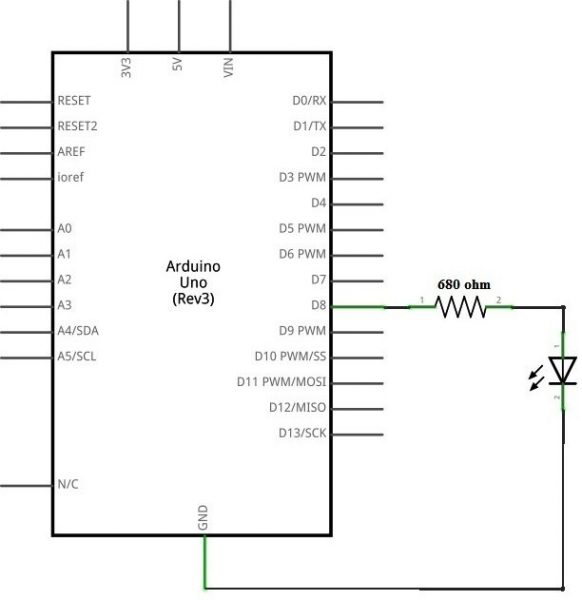

When connecting the LED strip, you might easily connect + and - together and destroy the power supply. The connection, that they make, is fragile and can be easily disturbed. You can also use alligator clips, but in my experience, they only work for rather specific cases. Then you need some with a bigger wire diameter. But the LEDs can draw much more current, so that the standard jumper wires will start to smolder and catch on fire. The Arduino does not need much current, thus standard jumper wires will be sufficient.

When looking for jumper wires, you should make sure, that they are capable of conducting enough current. There also exist such adaptors for typical LED stripes, though that depends on the type of strip, that you have. They have pins on them, that you can not only use with breadboards, but you can also connect jumper wires to them. There are breadboard power adaptors, which should work with this power supply. If you don't want to solder, you can search for fitting connectors for every part. Be sure to isolate the connections at the cable (in the best case with shrinking pipes, otherwise you can also use tape). Now you can take another wire/cable to solder the connections from the two ends to the described parts. Twist each end, so that it each little copper strand stays in the cable shape. Use the scissors to carefully cut the outer plastic around the cables and remove about 1cm of it, so that you now have 2 cable ends with the bare cable core free. Then cut the plastic between the 2 connected parts of the cable for a few cm, so that you get the 2 individual cables (+ and -). Cut off the plug by cutting the cable a few cm before it.

You can use nail scissors, if you don't have other tools for it. If you don't want to buy a barrel jack and you don't need to disconnect the power supply from your project, you can splice up the cable of the power supply (only the LOW VOLTAGE PART!!!).Then you can still disconnect the power supply from your project. You can buy a barrel jack, solder wires to it and connect them to the Arduinos 5V pin, ground and to the LED strips power lines in parallel (from + pin of the supply one wire each to 5V Arduino and + pin of the LED strip, from - pin of the supply one wire each to ground of Arduino and - pin of the LED strip).For this you need a soldering iron, soldering tin and something to clean the iron (sponge for soldering irons for example). The best way (especially, when you want to not only experiment, but also use it as a fixed product) would be to solder the wires. For every plug connection you need a male and a female part of the same connector type (much like your power outlet on the wall is a female part, while the power plug on your supply is a male part in terms of plug systems). Especially it seems, that both are the male part of the connection. The linked adaptor (barrel plug to alligator clips) doesn't seem to fit the barrel plug of the power supply. You have some different options, depending on your requirements.
#Arduino led voltage how to
I assume, that your problem is how to connect everything to the power supply.


 0 kommentar(er)
0 kommentar(er)
